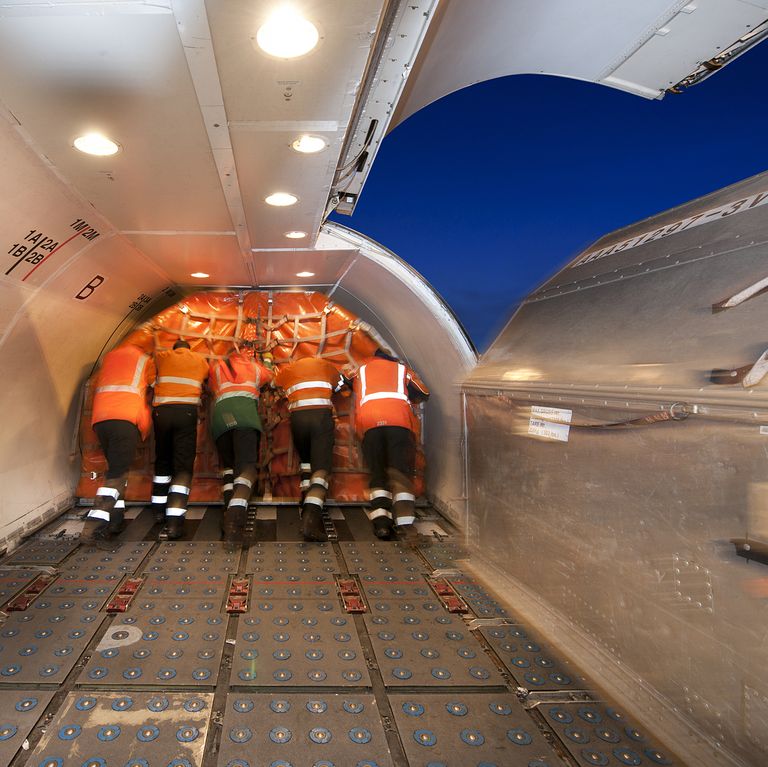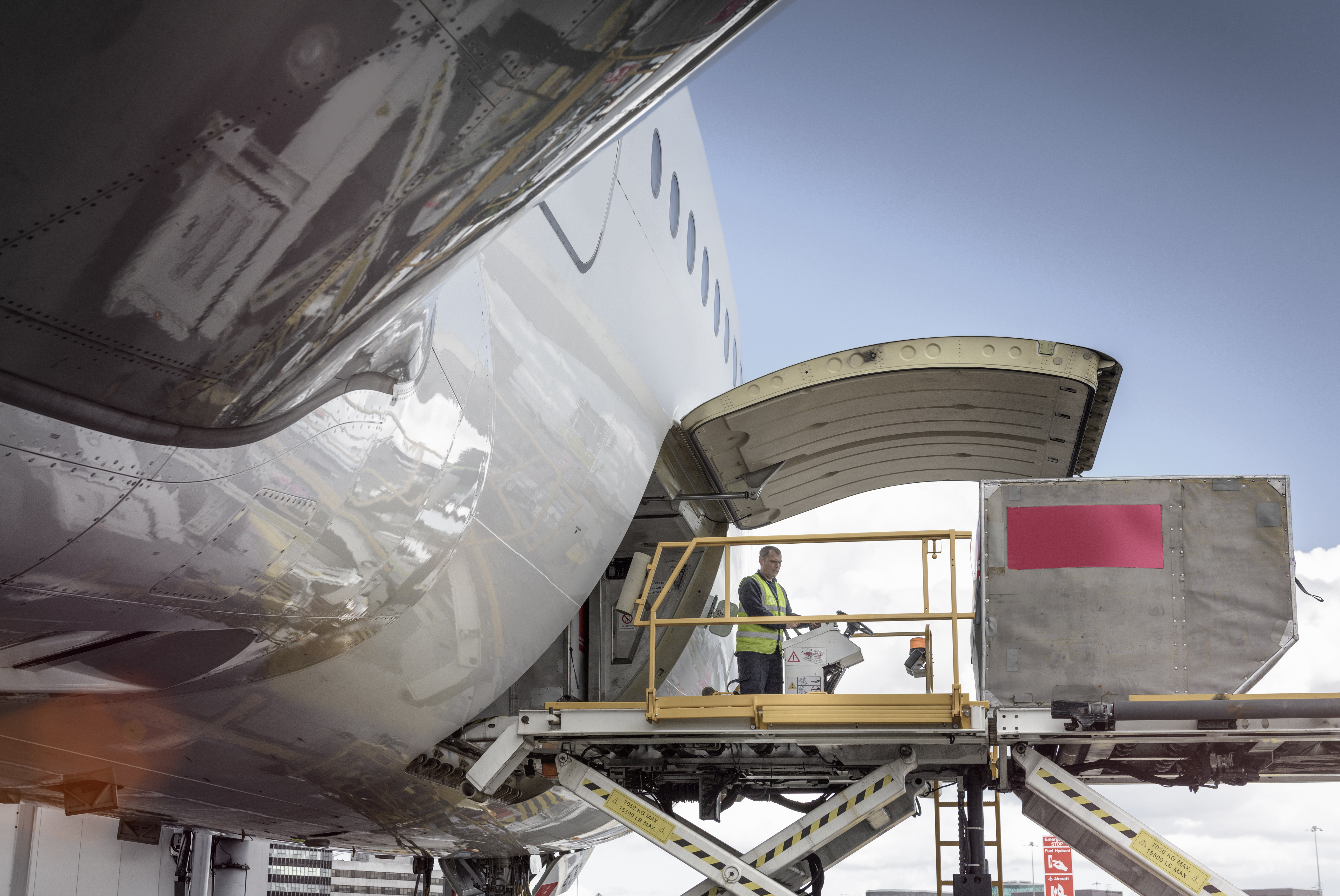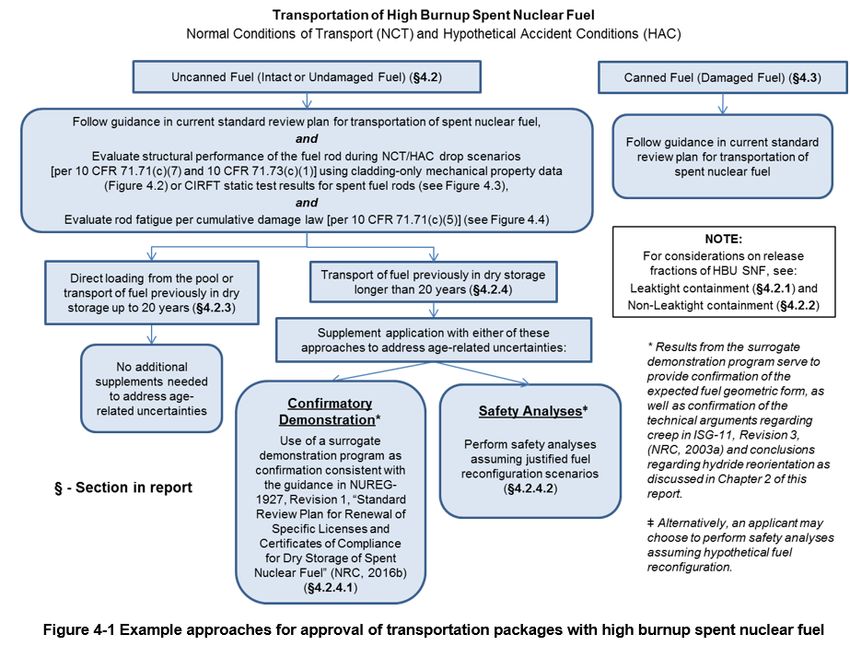

It has been in regular operation at Frankfurt Airport since February 2015. Lufthansa and Israel Aerospace Industries have developed the TaxiBot aircraft tug, for example, that gets an aircraft to its departure position without using the main engines, saving fuel, noise, and emissions.

Many roads lead to better fuel efficiency. Action is taking place in all parts of the world: not only at large organisations, but also through partners in emerging economies.” Airline innovation The most impressive realisation is the sheer amount of collaboration between industry partners, helping to drive efficiency. But this is only a snapshot of the projects underway. “Carbon emissions reduction projects by over 400 organisations in 65 countries are represented. “The case studies show the wide variety of climate action across the sector,” says ATAG Executive Director, Michael Gill.

Last year, the Air Transport Action Group worked with IATA and other associations to publish a set of efficiency case studies by the industry, Aviation Climate Solutions. While aviation looks to the upcoming ICAO Assembly for a global market-based measure for carbon emissions, environmental improvements in daily operations continue apaceįuel efficiency is improving about 2% a year, well ahead of the average 1.5% improvement targeted through 2020.Īnd though a global offsetting scheme needs to be agreed at the forthcoming ICAO Assembly, if aviation is to achieve the next milestone of carbon-neutral growth from 2020, operational and technological enhancements that drive fuel efficiency will continue to play a significant role in the industry’s environment strategy.īetter operational practice and new technology are two of four industry pillars on climate action, alongside positive economic measures and improved infrastructure.


 0 kommentar(er)
0 kommentar(er)
